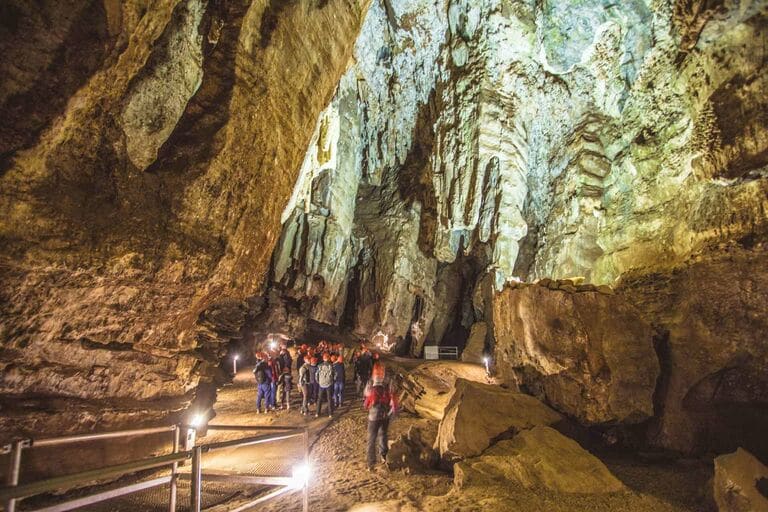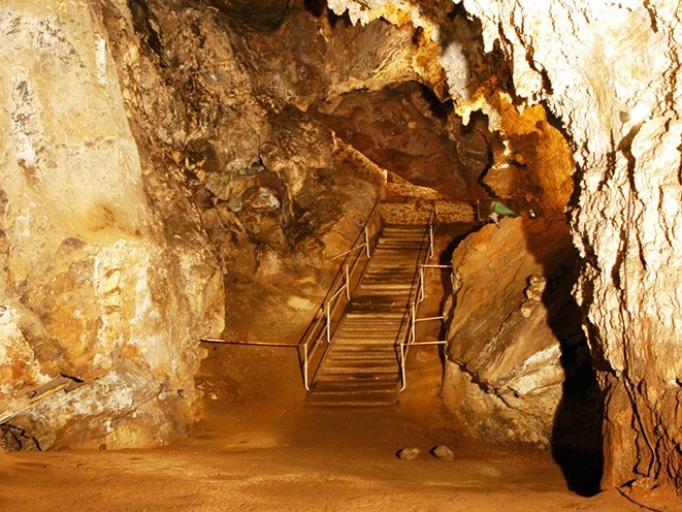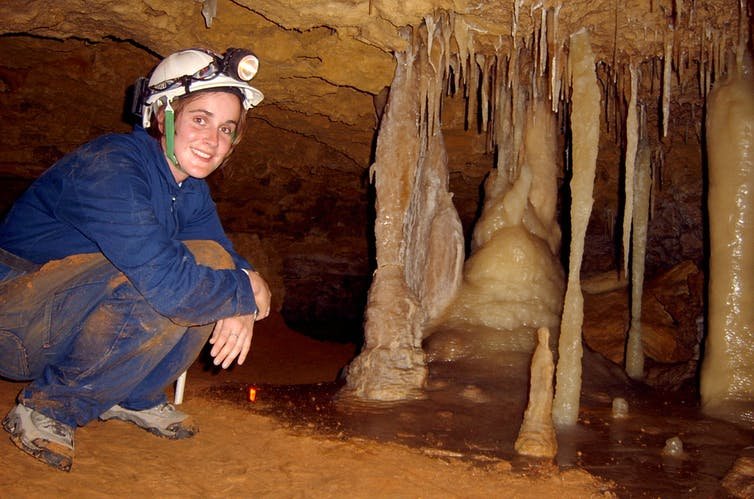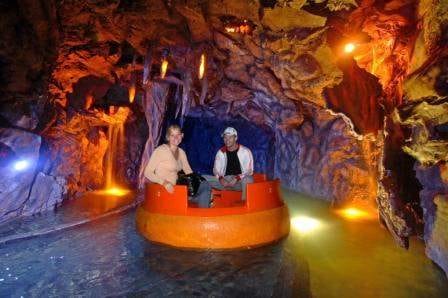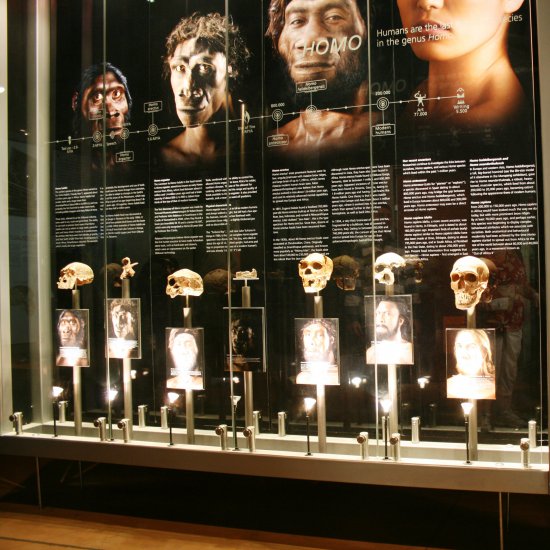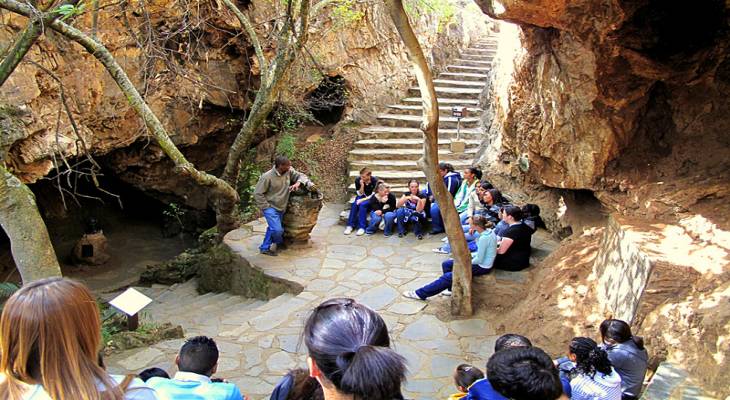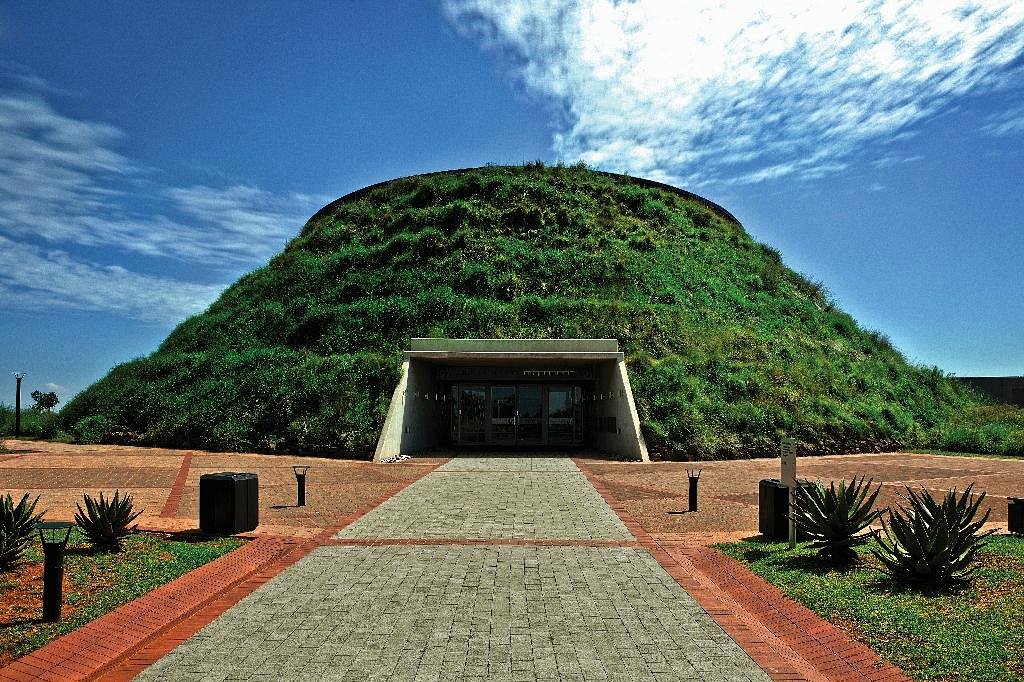
What is the Cradle of Humankind?
The Cradle of Humankind (originally known as Cradle of Mankind) is an area in South Africa. Fossilised remains of ancient forms of animals, tools, plants and most importantly, hominids have been found in many dolomitic limestone caves.
These traces provide valuable information about human evolution. The oldest evidence dates back three (3) million years or more.
The Cradle of Humankind was declared a UNESCO World Heritage site in 1999. It is one of eight World Heritage sites in South Africa.
Where is it Located?
The Cradle of Humankind is located around 50 kms from Johannesburg. It covers an area of around 470 km2 in the provinces of Gauteng and North West. There are 13 major fossil sites in the region. Sterkfontein, near Krugersdorp, is the best known of these sites. Other sites include Swartkrans, Kromdraai, Drimolen, Bolt’s Farm, and Gondolin. Sites excavation is underway.
Thousands of fossils including hominin (i.e. modern humans and their ancestors) were discovered in 1930 in the Cradle of Humankind.
Sterkfontein has proven to be one of the richest sources of information about human evolution.
Fossils were first discovered there when the area was being mined for lime deposits.
In 1936 a palaeontologist from Pretoria, Robert Broom, began collecting fossils found by lime miners. Eventually, remains of early humanlike creatures, now called Australopithecus africanus, were uncovered. Australopithecus africanus is one of several extinct hominins.
The most famous fossils discovered in the Cradle of Humankind are known as Mrs. Ples and Little Foot. Both were in caves at Sterkfontein. Robert Broom uncovered Mrs. Ples in 1947, an Australopithecus africanus skull that is estimated to be between 2.5 and 2.8 million years old.
Courtesy of: Private Safaris
Images & Facts Sourced: wikipedia.com; heritagecollection.co.za; maropeng.co.za; visi.co.za.
